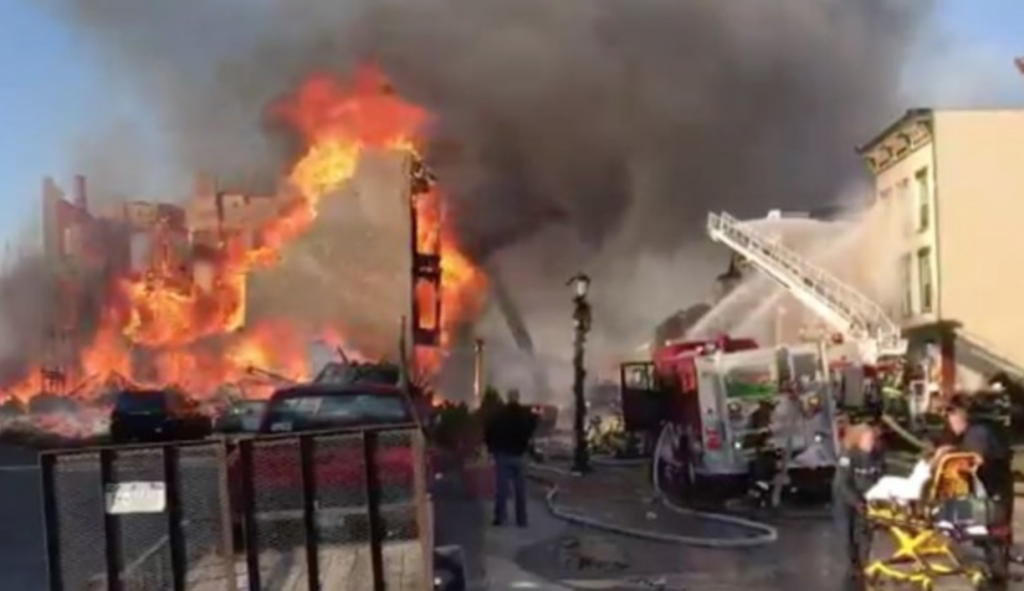A man recently burned down more than 30 buildings in the heart of a small town as he was trying to forge steel in a barrel on his property that was surrounded by fire hazards. While the fire was purely-accidental, he was still charged with multiple crimes, including arson and reckless endangerment. This one lapse in judgment will ultimately cost millions of dollars, in addition to the man’s freedom.
Good Idea, Bad Location
It all started when the man watched a program about amateur forging, and he thought that he could replicate what he saw on TV on his property. However, he chose an area that was surrounded by flammable material, on a windy day, and he didn’t have proper safety equipment nearby to contain the fire if it got away from him. All it took were a few wayward embers that came into contact with dry wood on nearby structures, and everything went up in flames.
Before anyone knew it, the fire took out buildings in a three block radius, overwhelmed local and regional fire services, and forced the governor to declare a state of emergency in the town. At least 20 people were displaced, and some had to flee their homes and apartments with only what they had on their backs as the fire spread so quickly.
This is one extreme example of the consequences of tinkering or experimenting without taking basic safety precautions. There are a lot of things that we do through the normal course of prepping or learning new skills that are inherently-unsafe. While not all of these involve fires that can spread out of control, just think of all of the injuries, exposure to dangerous chemicals or accidents that can occur if some of these projects go horribly wrong.
Basic Protection
The funny thing is that taking safety precautions are usually pretty simple and straight forward. The hard part is developing good habits that make safety second-nature. Think about it: Goggles can protect our eyes. Gloves can protect our hands. Holding sharp objects in a certain way can prevent accidental cuts and stabs. Having adequate ventilation can prevent inhaling and being overcome by dangerous gases. These little things can, and do, protect us from all kinds of potentially-devastating problems.
Common Sense
Another part of the safety equation is to use good judgment and common-sense. This may also sound obvious, but we also know that a lot of people make a lot of mistakes simply by not thinking things through. Chances are that we’ve all been there at one point or another, and we probably have cautionary tales to share as a result. Always make sure that you assess risk before engaging in potentially-hazardous activities, and do whatever is necessary to mitigate that risk. You can never be too-careful, and as cliche as this sounds, an ounce of prevention really is better than a pound of cure.
Remember that you are ultimately responsible for your own safety as well as the safety of others as you move along the road to self-sufficiency and preparedness. Make sure that you are always making safety a priority while minimizing unnecessary risks at the same time. While your activities may not lead to a massive fire that can burn down your neighborhood, there are a million-and-one other terrible things that can happen if you’re not careful.

